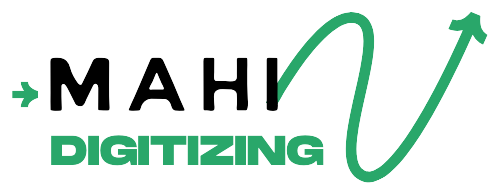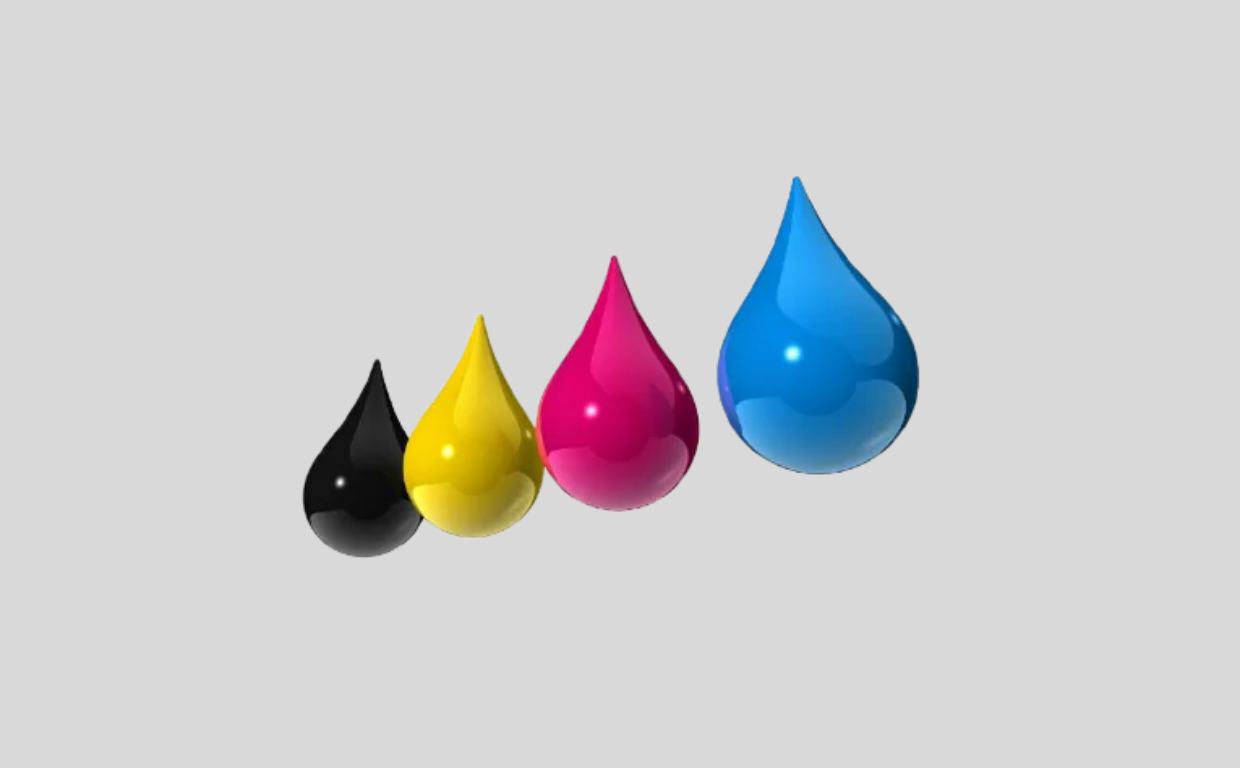Vector color separation plays a key role in screen printing and design. It divides multicolored artwork into layers, which helps ensure sharp, clean, and accurate results. In this article, we’ll explain how it works and why it’s critical for quality printing.
Understanding Vector Color Separation
Vector color separation breaks artwork into individual colors. These colors are then printed one at a time during production. Each layer gets its own file or plate.
Designers use programs like Adobe Illustrator or CorelDRAW to separate colors in vector files (AI, EPS, or SVG). These files use lines and curves instead of pixels.
Vector graphics allow designs to scale without losing quality. That makes them ideal for printing detailed logos or designs.
Clean lines and shapes make vector separation easier and more reliable than raster separation. Small text and tight layouts stay sharp and aligned.
Each separated color can then be assigned to a specific screen or ink in the print process. This ensures clean application.
Our team at Mahi Digitizing can convert your files and separate them for print with expert care.
Accurate separation saves time, improves print quality, and prevents costly errors in production.
Why Color Separation Matters in Screen Printing
Screen printing usually applies one color at a time. Without proper separation, colors may bleed, misalign, or look dull.
Each separated color gets its own screen. That screen prints only the color it’s assigned, keeping the design clean and consistent.
Color separation protects brand colors. It keeps them consistent on shirts, banners, and other items.
Bad separation leads to misprints and blurry results. That costs time and materials.
Good separation improves ink use. It reduces waste and speeds up printing.
It doesn’t matter if you’re using CMYK or spot color — correct separation is essential for great-looking prints.
When printers use precise separations, every product matches your original design.
Types of Color Separation Techniques
Different designs need different types of color separation. Common options include Spot Color, CMYK Process, Simulated Process, and Index Color separation.
Spot Color works best for logos and bold graphics. Each solid color becomes a separate layer.
CMYK Process splits a full-color image into four channels: Cyan, Magenta, Yellow, and Black. It’s great for photo printing but requires exact setup.
Simulated Process uses halftones and spot colors to create detailed images, especially on dark fabrics.
Index Color separates designs using square pixels and solid colors. It works well for small or limited-color projects.
Mahi Digitizing recommends the best method for your project. We look at fabric, detail level, and printing method.
Each method demands precision to ensure clean prints and color accuracy.
How Vector Separation Improves Print Quality
Vector separation helps create sharp, clean designs. Lines stay crisp, and colors pop.
Because vectors scale perfectly, designs look good at any size. There’s no pixelation or blurring.
Clean separation also helps control ink flow. Printers use just the right amount, improving color strength and reducing waste.
Fine fonts, outlines, and effects keep their shape, even after washing.
Vector files allow easy screen setup. That makes printing faster and more reliable.
Designs with many details print more accurately when separation is done right.
When you use high-quality vector separation, the final result is sharp, bold, and professional.
Common Mistakes in Color Separation
Using low-resolution raster images causes blurred lines and poor results.
Some designers forget to flatten layers or organize files. That leads to confusion during print setup.
Not using Pantone or standard colors can cause mismatches. It’s important to assign proper color values.
Overlap, missing underbase layers, or skipped trapping also lead to print issues, especially on dark fabric.
Using more colors than your printer supports will increase cost and reduce print clarity.
At Mahi Digitizing, we double-check every file to avoid these mistakes.
Our expert review process helps you avoid delays and keeps your prints professional.
Industries That Rely on Vector Color Separation
Fashion brands use color separation to create vibrant shirts, hoodies, and accessories.
Businesses print branded uniforms, caps, and bags using sharp, separated designs.
Event companies create banners, giveaways, and swag in large quantities using accurate separations.
Sports teams rely on separation to match brand colors on uniforms and merchandise.
Artists and custom shops use it to sell creative designs that pop with detail and precision.
Even small startups benefit from clean, low-cost prints made possible by vector separation.
Wherever color matters, separation makes all the difference.
Conclusion
Vector color separation boosts print quality and helps you get the most from your design.
It improves ink control, preserves detail, and creates professional results for any industry.
Mahi Digitizing delivers expert separation services tailored to your needs.
Whether you’re printing logos or complex art, we’ll make sure your files are production-ready.
Let us help you avoid mistakes and save time with files prepared for perfect printing.
We’re just one click away from turning your artwork into vibrant, high-quality prints.
Get your quote today and experience the difference expert separation makes.

